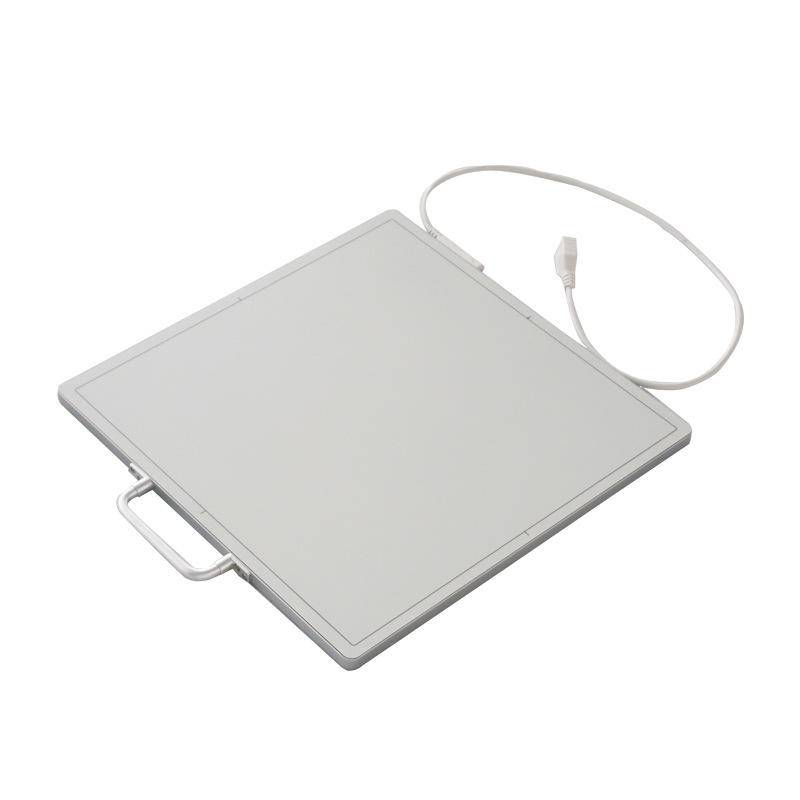Composition and comparison of DR detectors
The DR detector is a sophisticated and expensive device that plays a decisive role in imaging quality. Familiarity with the performance indicators of the DR detector can help improve imaging quality and reduce X-ray radiation dose.
DR flat panel detectors can be divided into two types: amorphous selenium flat panel detectors and amorphous silicon flat panel detectors. From the perspective of energy conversion, the former is a direct conversion flat panel detector and the latter is an indirect conversion flat panel detector.
(1) Direct conversion technology
- Using selenium as a photoconductor can directly convert optical signals into electrical signals to avoid scattering.
- Compared with the indirect conversion technology, the direct conversion has low absorption rate of X-ray, and the image quality cannot be guaranteed well under the condition of low dose. And selenium is more sensitive to temperature, and the use conditions are restricted.
(2) Indirect conversion technology
- The CsI scintillator layer inevitably suffers from light scattering while transmitting signals due to the crystal structure, and the absorption rate has decreased, which has a slight impact on image quality but is not serious.
- Indirect conversion has high quantum detection efficiency, and high-quality images can be obtained under lower dose X-ray exposure.
- In addition, its imaging speed is very fast, and the fields of perspective and time subtraction have increased the range of X-rays.
- From the perspective of spatial resolution, amorphous selenium has better and better resolution performance than amorphous silicon.
Newheek specializes in radiology imaging equipment, such as flat panel detectors, image intensifiers, etc.If you are interested in this kind of equipment, please contact us!

Author:肖恩